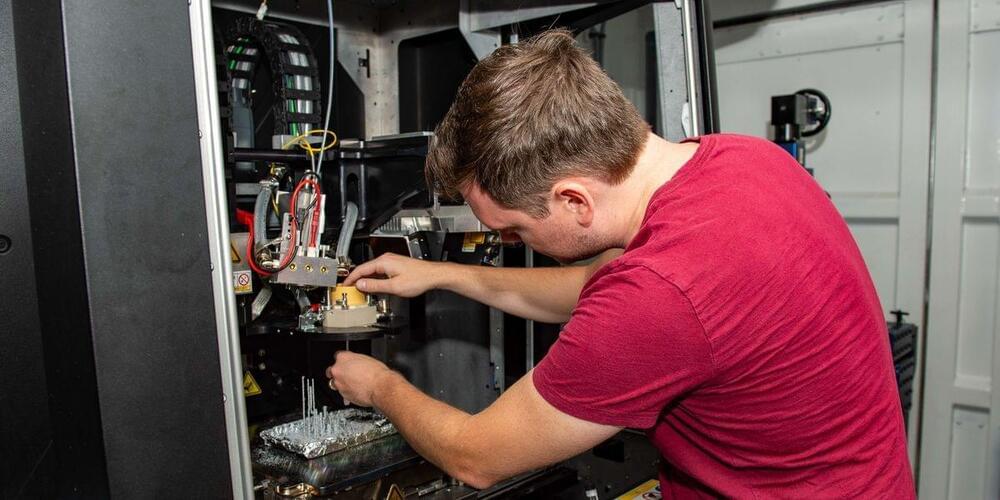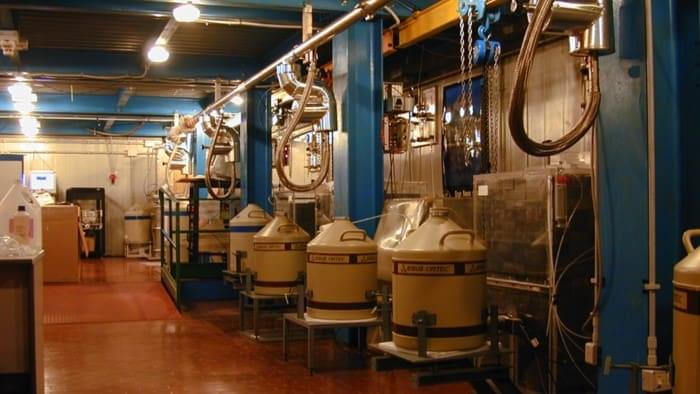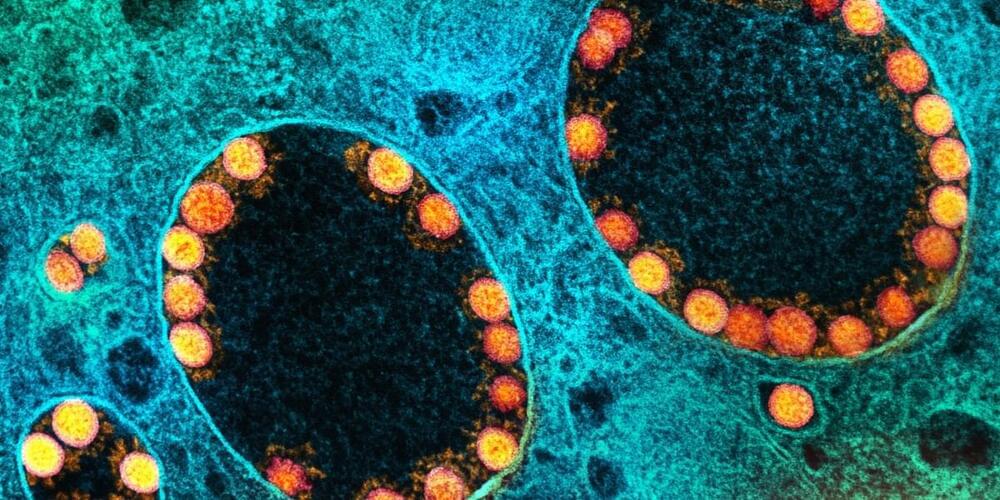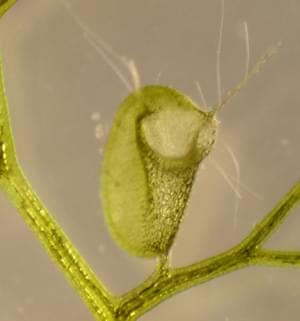Jul 14, 2022
The Navy is Using 3D Printers to Turn Warships Into Weapons Factories
Posted by Shubham Ghosh Roy in categories: drones, military
https://youtube.com/watch?v=gYMEcQ3OGqQ
The amphibious assault ship USS Essex can print parts on demand, reducing the need for inventory.
One of the U.S. Navy’s largest warships is now rocking a 3D printer, allowing the crew to quickly crank out replacement parts for drones. The service hopes that additive manufacturing technology will allow it to save time and money, reducing the need to stock spare parts on hand, especially when a ship is at sea. It believes that 3D printers could someday become standard issue on every warship.
Continue reading “The Navy is Using 3D Printers to Turn Warships Into Weapons Factories” »


















